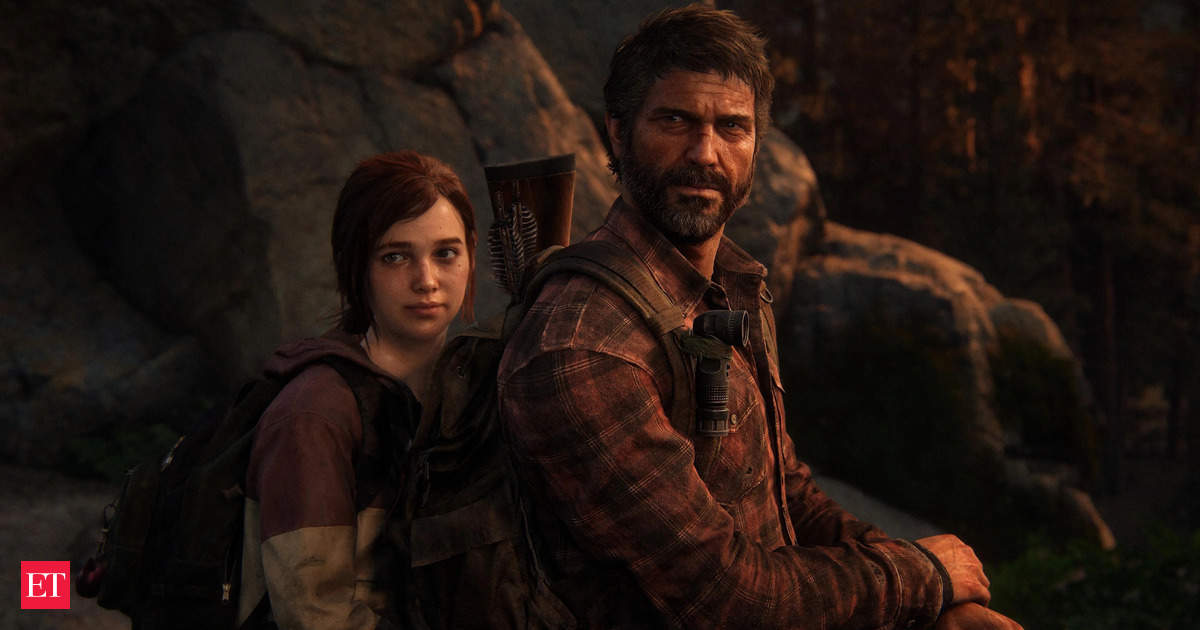In both its interactive video game and television series adaptations, The Last of Us weaves a narrative that has left audiences and players reeling from its unexpected twists and emotional intensity. The profound impact of Joel’s pivotal decision, a lingering question since the tale’s inception in 2013, continues to reverberate, prompting discussions and debates that few narratives can match. As The Last of Us Part II unfolds, it not only grapples directly with the aftermath of Joel’s choices but does so with heightened moral and emotional complexity, sparking controversy upon its release.
The narrative of The Last of Us Part II picks up four years after its predecessor, with Joel and Ellie residing in a community settlement in Jackson, Wyoming. Strained relationships become evident, and the story kicks into gear when Joel and his brother Tommy rescue a woman named Abby. Little do they know, Abby seeks revenge against Joel for the murder of her surgeon father, a poignant moment in the first game.
The climax unfolds tragically as Ellie witnesses Joel’s brutal demise at Abby’s hands. Fueled by a thirst for vengeance, Ellie, accompanied by her companion Dina, embarks on a perilous journey to Seattle, unraveling the city’s mysteries. The narrative beautifully captures moments of musical bonding and unveils Ellie’s immunity to the virus.
The narrative takes a daring turn as players assume control of Abby, Joel’s assailant. Flashbacks offer insights into Abby’s life, the profound impact of Joel’s actions on her, and her connections with the Washington Liberation Front (WLF). The game introduces a crucial theme – the exploration of empathy for characters, including Abby, who eventually meet tragic ends at Ellie’s hands.
Abby’s journey to find her ex-boyfriend, Owen, and her interactions with the Seraphites, a religious cult, adds layers of complexity to the narrative. The introduction of new characters, Yara and Lev, shifts the perspective, challenging players to empathize with those initially cast as adversaries. The narrative fluidly transitions between timelines, creating a tapestry of interconnected lives.
The story intensifies as Ellie relentlessly pursues Abby, grappling with moral quandaries and inflicting trauma upon herself and others in her quest for closure. The intertwining of Ellie and Abby’s fates culminates in a visceral fistfight, showcasing the game’s central narrative concept. The complexity lies in players empathizing with conflicting protagonists, forcing them to question their own biases.
The climactic confrontation leaves scars on both Ellie and Abby, challenging notions of right and wrong. The game skillfully avoids a simplistic binary narrative, pushing players to grapple with the consequences of their actions. Abby’s humanity is exposed through her relationship with Yara and Lev, while Ellie’s path becomes increasingly fraught with the weight of her choices.
Months after the encounter, Ellie and Dina find solace on an isolated farm, caring for Dina’s baby. The idyllic setting belies the psychological toll on Ellie, who grapples with PTSD stemming from Joel’s death and her own actions. The arrival of Tommy, surviving the earlier ordeal, reignites the quest for closure as he divulges Abby’s whereabouts.
Ellie, driven by an insatiable need for resolution, sets forth on a perilous journey to Catalina Island, California, where Abby and Lev are held captive by the Rattlers. The violent confrontation that ensues challenges Ellie’s determination, leading to a disturbing fight culminating in Ellie sparing Abby’s life. The game’s narrative brilliance lies in Ellie’s realization of the cyclical nature of violence and the power of forgiveness.
The game concludes with Ellie returning to her farm home, only to discover that Dina has left, taking the baby. Attempting to play Joel’s guitar, Ellie faces the physical consequences of her journey – missing two fingers. Reminiscing about her final moments with Joel, she walks away from the house, symbolizing an uncertain future fraught with the complexities of redemption and forgiveness.
Naughty Dog’s remake of The Last of Us Part 1 enhances visuals, sound, and AI, surpassing TLOU 2 in aspects like story, horror elements, and accessibility. While TLOU 2 received acclaim but faced criticism, the remake of the first installment presents notable improvements and stands out in crucial, albeit not immediately apparent, aspects.
The Last of Us Part II from 2020 is receiving a remaster for PlayStation 5, providing gamers with an updated version featuring enhanced graphics and additional content. While Sony has officially announced the game for PlayStation 5, there’s speculation that it will eventually become available on PC, given the trend of such releases.











